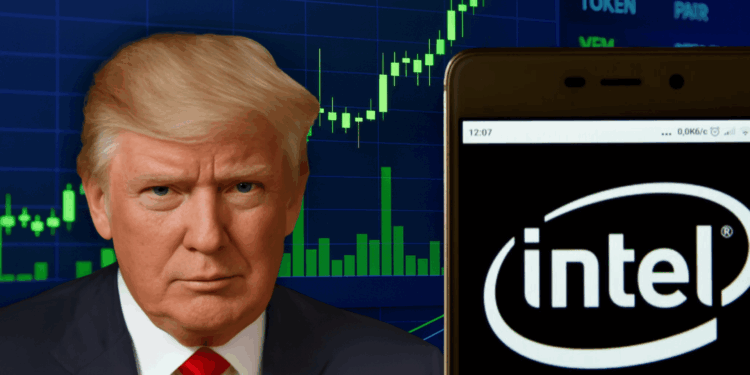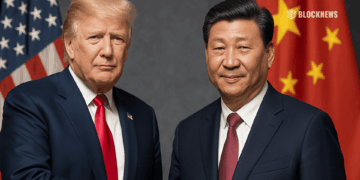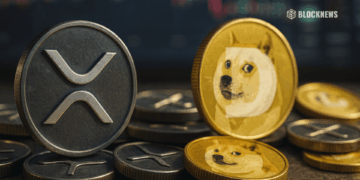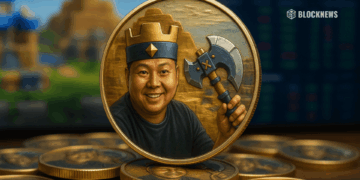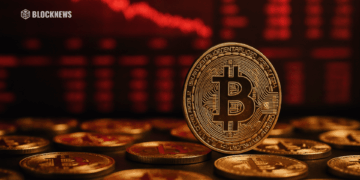- Trump praised the U.S. government’s new 10% stake in Intel, calling it a model deal he wants to repeat across industries.
- NEC Director Kevin Hassett suggested this move could be the start of a sovereign wealth fund strategy, hinting at more corporate stakes ahead.
- While unusual in U.S. policy, the approach ties into Trump’s onshoring and jobs agenda, raising debate over deeper federal involvement in private markets.
President Donald Trump is once again leaning into his dealmaker persona, boasting about the government’s new stake in Intel and hinting there could be more where that came from. On Monday, Trump posted on Truth Social, celebrating the $8.9 billion deal as the kind of win he wants to replicate across industries.
“I’ll make deals like that for our Country all day long,” Trump wrote, brushing off critics as “stupid people” upset with the move. He argued the stake would deliver jobs, pump up stock prices, and make the U.S. “RICHER, AND RICHER.”
Hassett: Intel Stake Just the Beginning
Earlier that morning, White House economic advisor Kevin Hassett explained the Intel deal isn’t just about one company—it’s part of a broader plan that could eventually look like a U.S. sovereign wealth fund. Speaking on CNBC’s Squawk Box, Hassett said the government won’t be running companies, but it is eyeing more investments as part of a long-term strategy.
“This is a very special circumstance, tied to the huge wave of CHIPS Act spending,” Hassett said. “But the President has said since the campaign that the U.S. should start building something like a sovereign wealth fund. So I wouldn’t be surprised if we see more transactions, maybe in other industries.”
The U.S. taking equity stakes in major corporations is rare, though not unprecedented—Fannie Mae and Freddie Mac after the financial crisis being the most obvious example. Hassett stressed this wasn’t about “picking winners and losers,” but rather about securing critical industries and production.
Building a Sovereign Wealth Fund
Trump signed an executive order back in February to begin building such a fund, modeled loosely on strategies used by countries like Norway, China, and several oil-rich Middle Eastern states. Norway’s fund alone holds $1.8 trillion in assets, making it the largest in the world.
For Trump, the strategy ties into his broader push for tariffs, onshoring, and securing America’s technological base. “More jobs for America!!!” he wrote, linking the Intel stake to his ongoing promises to reshape the U.S. economy.
The Bigger Picture
Whether this strategy builds lasting wealth or risks deeper government involvement in markets is still up for debate. For now, though, Trump is celebrating the optics: stocks rising, factories staying at home, and a message that the U.S. is playing offense in global competition. Hassett says the plan is far from finished—and that more companies could be added to the government’s balance sheet sooner rather than later.


